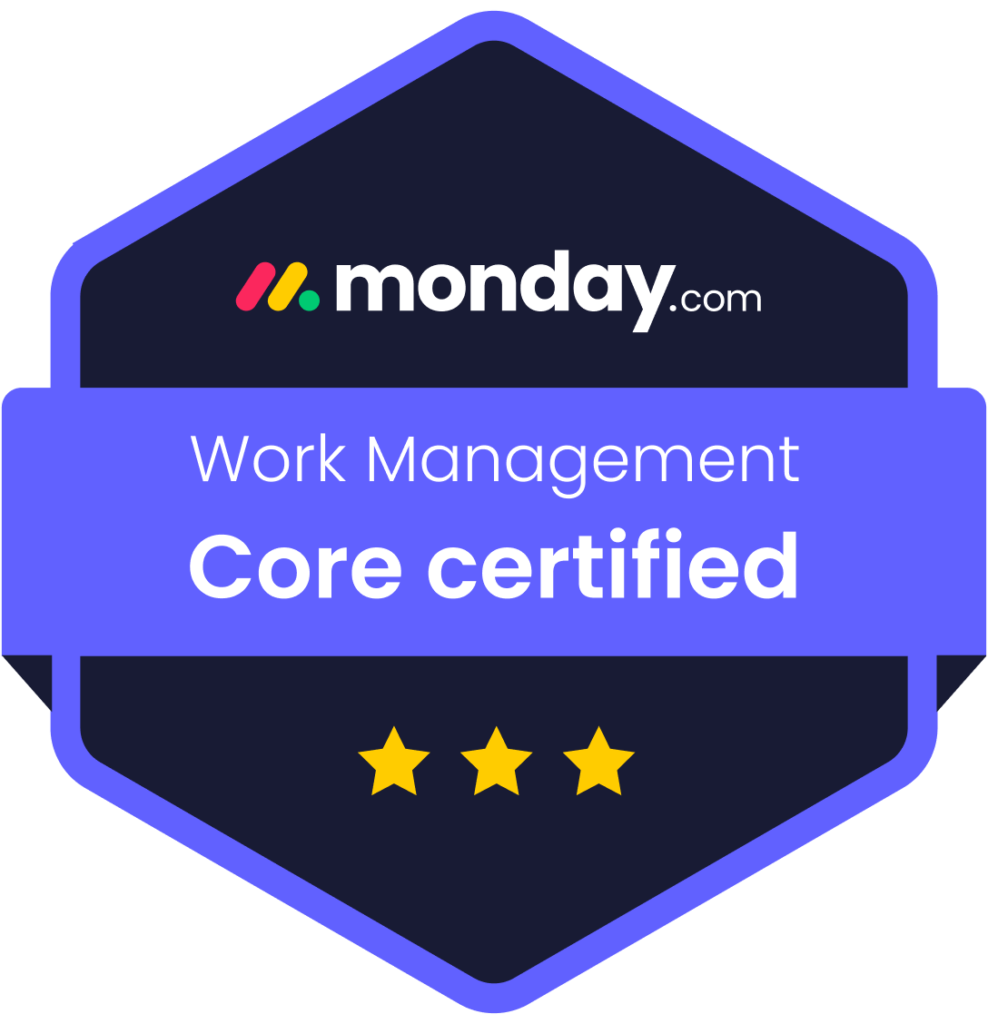For buyers to locate your items simply, as a Shopify store owner, you must ensure that your business is optimized for search engines. In this post, you’ll learn the top 10 SEO methods and techniques for Shopify businesses.
Get Rid of Duplicate Content
To rank highly in search engine result pages, Shopify merchants must remove duplicate material. A search engine will scan a website for original information to differentiate it from duplicate content. It can be challenging for search engines to identify which version of the same material on a website is the most current and relevant. The website may not be rated as strong as it otherwise would be.
To assist the search engine in determining which version of the material is the original and needs to be indexed, Shopify stores should employ toolkits like 301 redirects and canonical tags. By utilizing distinct page names and descriptions and avoiding information copied and pasted from other websites, Shopify merchants may also prevent the creation of duplicate content.
Shopify businesses can ensure they deliver the greatest customer experience and score well in search engine results by deleting duplicate material. Additionally, by giving consumers the most recent and pertinent material, deleting duplicate content may assist Shopify merchants in enhancing their overall SEO.
Utilize Plugins
Change the functionality of your online store and make it simpler for search engines to locate and index your pages by using plugins on your website. Using plugins, you may improve your website’s functionality, user experience, and SEO. They may also give you insightful information on how visitors use your website, empowering you to choose the layout and content of your business wisely.
Additionally, you may use plugins to alter the URL scheme of your store, which will make it simpler for search engines to comprehend and rank your pages. Plugins are crucial for every Shopify business trying to increase traffic and optimize performance.
Focus on Conversion Rates
The company’s profitability is directly impacted by conversion rates, making it one of the most crucial SEO tasks for Shopify Stores. A store’s overall income is impacted if customers must purchase more goods or services due to a poor conversion rate. As the conversion rate rises, more site visitors will become paying customers, boosting the store’s sales and earnings. Furthermore, as search engines such as Google reward retailers with greater conversion rates, better conversion rates can make the store rank better in search engine results.
Focus on Organic Traffic
Any good SEO plan must include organic traffic, which is crucial for Shopify merchants. In contrast to sponsored search or social media initiatives, organic search results drive the sort of traffic known as organic traffic. Organic traffic, which is free in contrast to sponsored search, significantly influences a Shopify store’s performance.
It enables you to connect with potential clients actively seeking what you have to offer. It may be extremely helpful for Shopify shops, which frequently rely on multiple goods and services. You may target clients actively looking for what you offer via organic traffic, which can also help you develop a devoted clientele.
Additionally, organic traffic aids in raising your Shopify store’s overall visibility. You are more likely to be discovered by potential clients if you are prominent in organic search engine results. It also makes your store seem more trustworthy because people will likely believe a business that appears in organic search results.
Optimize MetaData
Metadata optimization is essential to any effective SEO strategy for Shopify merchants. Metadata, or structured information about a website, aids in the comprehension of your store’s content by search engine crawlers. They can then index and rank your business for pertinent inquiries on search engine results pages (SERPs).
By improving the metadata, your business is accurately indexed and rated. It might enhance sales by bringing in more organic visitors to your store. Ensuring that your store’s pages have accurate meta descriptions, recent page titles, and alt tags is part of optimizing your shop’s metadata.
These should have pertinent keywords that completely explain the page’s content. It makes the information easier for search engines to comprehend, index, and rank correctly. You should also ensure that your shop’s URL structure is SEO-friendly.
To do this, make your URLs concise and descriptive and include pertinent keywords. You can index your business correctly and rank in search engine results pages by optimizing the metadata for your store. Increase organic traffic to your shop in this way to increase sales.
Optimize Images
A successful Shopify store requires good image optimization. One of the most important variables affecting a customer’s buying experience is the design and feel of your business and how quickly it loads. You can increase the efficiency of your business, reduce bandwidth usage, and enhance customer experience by optimizing your photos.
The loading speed of your business may be enhanced by image optimization, which is necessary for a positive customer experience. The biggest items on a website are frequently the images, which can consume a significant amount of bandwidth when loading. You can optimize your images to have a smaller file size and load more quickly. It will increase the speed at which your store loads and help you get more visitors to your website.
Additionally, picture optimization might reduce your internet utilization. The file size and bandwidth use of the photos you use on your Shopify store may be decreased by optimizing the images you use. Lowering bandwidth utilization can assist you in saving money on your hosting package.
The appearance and feel of your shop may also be enhanced by optimizing your photos. Images can have their file sizes decreased through optimization without losing quality. Doing this may improve your shop’s professionalism and consumer appeal.
Lastly, optimizing photos might assist you in speeding up page loads, which is crucial for SEO. Optimizing your photos can help raise your store’s SEO position because search engines consider page load speeds when evaluating websites.
Optimize Product Descriptions
The ranking and indexing of the store by search engines may be considerably impacted by optimizing product descriptions. Search engine algorithms are given crucial data and context about the items sold by product descriptions. By doing this, the shop may rank higher and draw more organic visitors from search engine results pages (SERPs).
Additionally, product descriptions enhance the shopping experience for customers, increasing conversions and revenue. Additionally, by optimizing product descriptions, Shopify Stores can ensure that their content is mobile-friendly, which is becoming more and more crucial for optimization in the current digital environment.
Work on User Experience
Shop owners may boost their organic search engine results and improve traffic by enhancing a store’s customer experience. First, UX aids in streamlining a store’s organization and navigation. It might include a menu with clear labels and sections and simple navigation.
These components aid search engines in better indexing and understanding a store’s layout, which raises its position in the results. Second, UX encourages users to browse more pages and remain longer on the website. Search engines will honor websites that keep users on their pages for longer since this shows that they are producing useful information.
Finally, UX may support higher conversion rates. UX design concepts can be applied so that customers can quickly and simply locate what they’re looking for and finish their transactions. It makes it easier for search engines to understand that a shop offers an excellent customer experience and can boost rankings.
Link Products Using Internal Links
Product Links Search engines may better grasp the relationships between pages and the significance of each page by using internal links. Additionally, it improves user experience on the page and lowers bounce rates. Internal links also give search engines a means to scan and index your pages and information, which can help you appear more prominently in search engine results. Internal links are also crucial for enhancing a website’s overall navigation and structure, which may improve user experience and conversion rates.
Google Analytics Integration
You may use a plethora of data from Google Analytics Integration to enhance your store for higher search engine rankings. It keeps track of important data like pages per visit, bounce rate, traffic, and more to help you learn how customers use your business and how to make it better. It also lets you track particular pages and keywords to understand each performance better.
You can then maximize the potential of your business by using this data to develop targeted marketing efforts, provide top-notch content, and alter the appearance of your store. Shopify businesses that use Google Analytics may gain a deeper understanding of their consumers and seize opportunities to boost their exposure and sales.
Therefore, you can improve your search engine rankings and make your company more visible by using these SEO tips and tactics for Shopify merchants.













